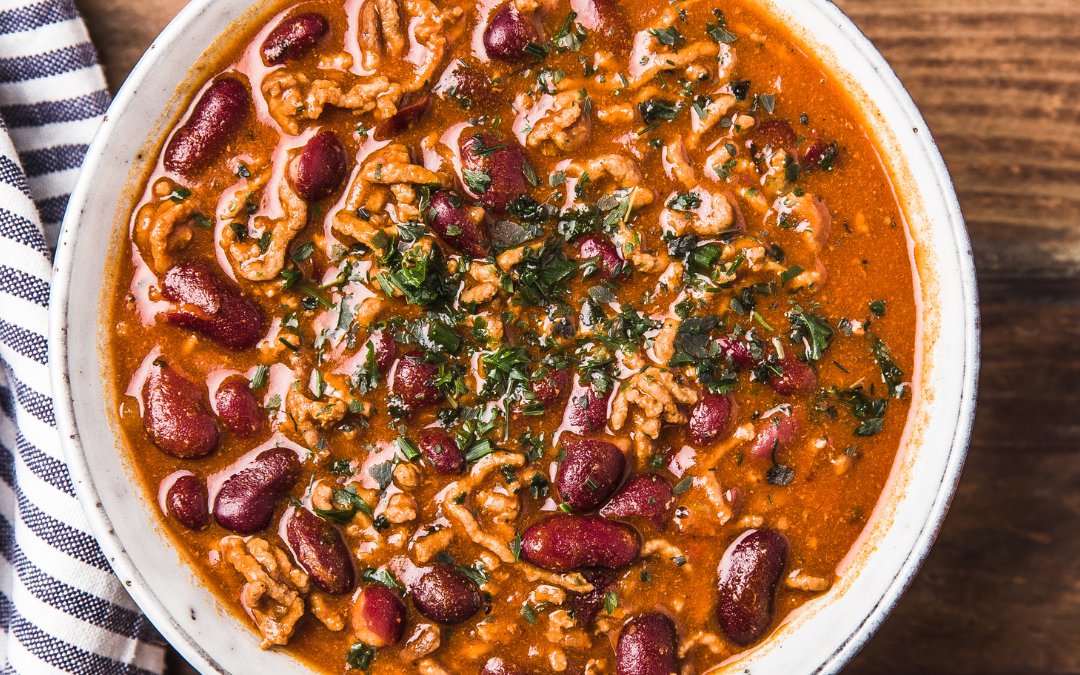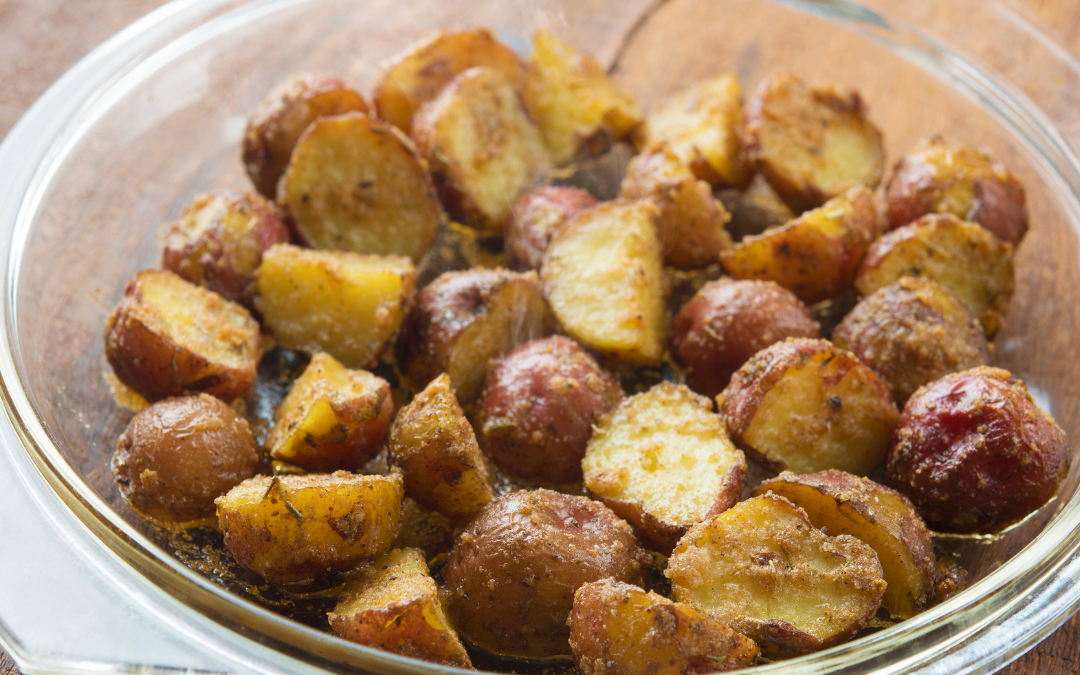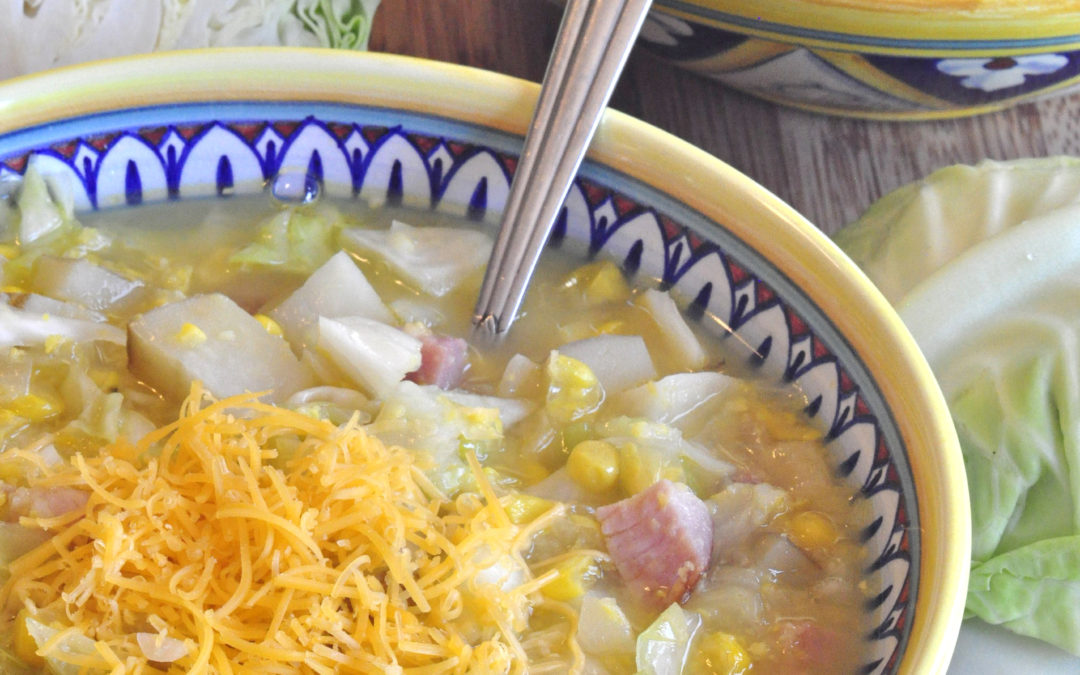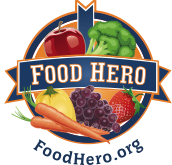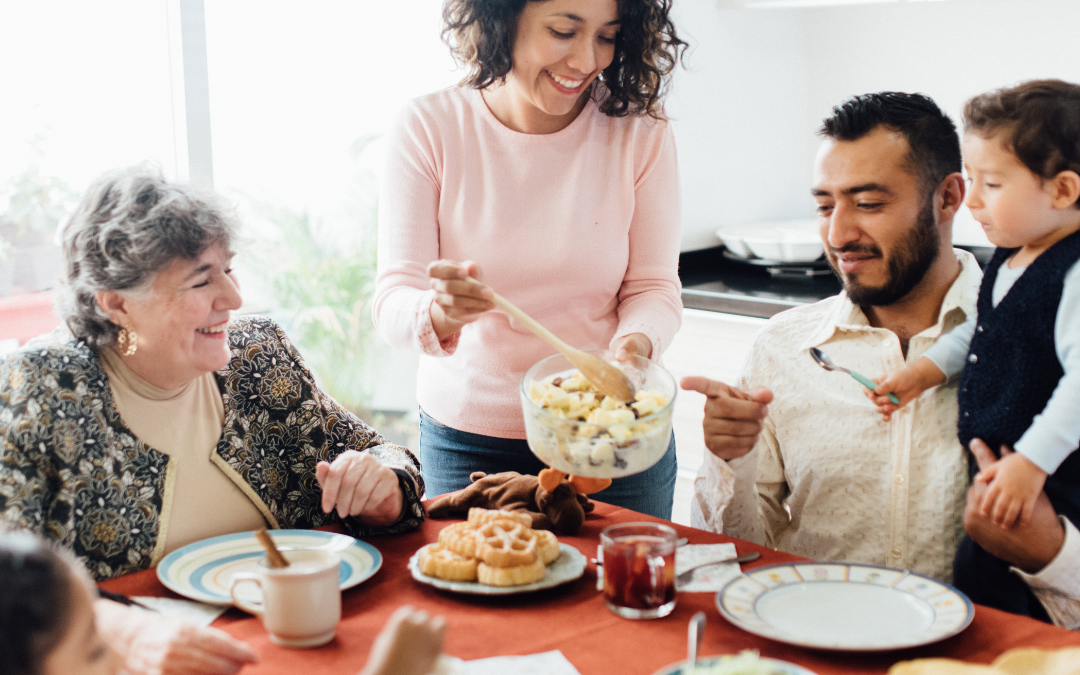
Nourishing Mealtime Strategies
Did you know simple mealtime routines can set children up for success? Providing nutritious foods that nourish a child’s physical and mental development is important; however, predictable mealtime patterns can be equally, if not more, important. Safe, consistent and nurturing care are critical for the development of a young child’s nervous system. These factors contribute to a child’s ability to make sense of the world and the degree to which they feel a sense of agency or control over their place in the world. Early childhood experiences shape how their bodies and minds will react to adversity in the future. Parents and caregivers can use mealtimes to reinforce safety and shared expectations with children as a way to build resilience.
The book, Hungry for Love, by Registered Dietician Charlie Slaughter describes how establishing set mealtimes with consistent, shared expectations between caregiver and child strengthens bonds of trust and feelings of safety. Even if parents have not had this modeled for them in their own lives, they can adopt these simple practices within their own family environment. The earlier children are exposed to established routines, the better. If children are older, it can be more challenging to shift family norms. As with any effort to change habits, it’s best to make small changes over time and to be patient with progress.
Following are some research-backed strategies to consider:
Eat Together: Establish and maintain consistent mealtimes in a designated location. Ideally this is the dining or meal preparation area, to be associated with eating together as a family as often as possible. Even if it is only a few nights a week, setting this pattern creates expectations that spending time being nourished together is a priority. Let’s face it. We need to eat to survive. And we need each other to survive. There aren’t many better ways to instill a sense of safety and security in children than to prioritize eating meals together in a calm and supportive setting. Our family rule was that food could only be eaten in the “hard floors” part of the house. Since we had carpet in the living room, this meant meals and snacks had to be consumed in the kitchen or dining area. Yes, it kept my house a lot cleaner but the main idea was to focus on food and family. This also helped limit snacking so the kids were hungry for mealtimes.
Foster Connection: Families are busy. It’s okay to have boxed macaroni and cheese with fish sticks or even take and bake pizza for dinner sometimes. What’s important is to establish spending time together as the priority. Eating around the television or using cell phones during meals signals the importance of sources other than the child and they will get that message loud and clear. Instead, use meal times as a safe, welcoming environment to discuss everyday events, feelings and challenges. Our family used “high,low, middle” as a mealtime conversation starter. “Tell us your high and your low from today and something interesting that happened.” Asking kids open-ended questions helps parents learn more about their child’s perspective and it helps the child develop crucial skills of self-awareness and empathy.
Set Clear but Compassionate Expectations – and stick to them: Introduce choices to build a sense of agency or control while also setting clear expectations. “Would you like green beans or broccoli?” The message here is that we are going to eat healthy vegetables but you can choose which one. Families can fall into patterns where mealtimes become a power play. “You WILL eat your vegetables!” This is a great way to train a child to avoid vegetables for the rest of their life. It can take multiple introductions of certain foods before kids form a positive association. Find ways to empower children to try new things. We had a rule that each child had to eat at least as many bites of their vegetables as they were old. If you were three, you ate three green beans. It was a crazy idea that actually worked really well for us in getting our kids to try new foods.
Many people grow up as members of the “clean plate” club; where the expectation is that every morsel of food on the plate has to be consumed. This can set children up for disordered eating patterns later on. Consider using divided plates to help children learn portion control and let them dish up servings for themselves when they are old enough. This helps develop mindful eating patterns where portion sizes are driven by hunger and satiety cues rather than mere habit. Welcoming, safe mealtimes also support kids eating more slowly which will help them recognize those cues.
Last but not least, set consistent expectations around dessert. Rather than establishing a pattern that every meal ends in dessert, consider having fruit or no dessert after dinner most nights of the week and designate one or two nights a week for special treats. According to the American Heart Association, it is estimated that Americans consume 2 to 3 times the recommended daily allowance of sugar. That adds up to about 60 pounds – the equivalent of six, 10-pound bowling balls – every year. Setting family norms around sugar consumption is critical for lifelong health. Our family eliminated candy early on as a way to reduce artificial ingredients in our kids’ diets. We allowed chocolates as small treats and designated Friday as “ice cream night.” To make it even more special, it was the one exception to eating in the living room.
Mealtimes are more than just opportunities to nourish our bodies—they are powerful moments to nurture our children’s emotional and psychological well-being. By establishing predictable routines, fostering connection, and setting compassionate yet clear expectations, we can create a safe and supportive environment that helps children feel secure, understood, and empowered. These simple yet impactful strategies not only contribute to healthier eating habits but also build resilience, emotional regulation, and a sense of belonging.
AUTHOR: Michelle Jenck, Adventist Health Tillamook Director of Community Well-Being

